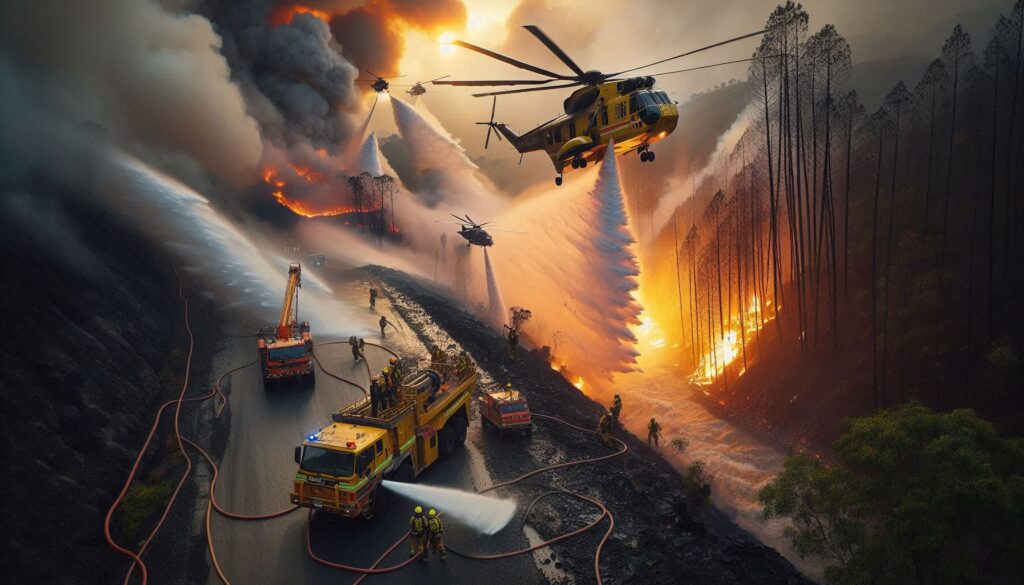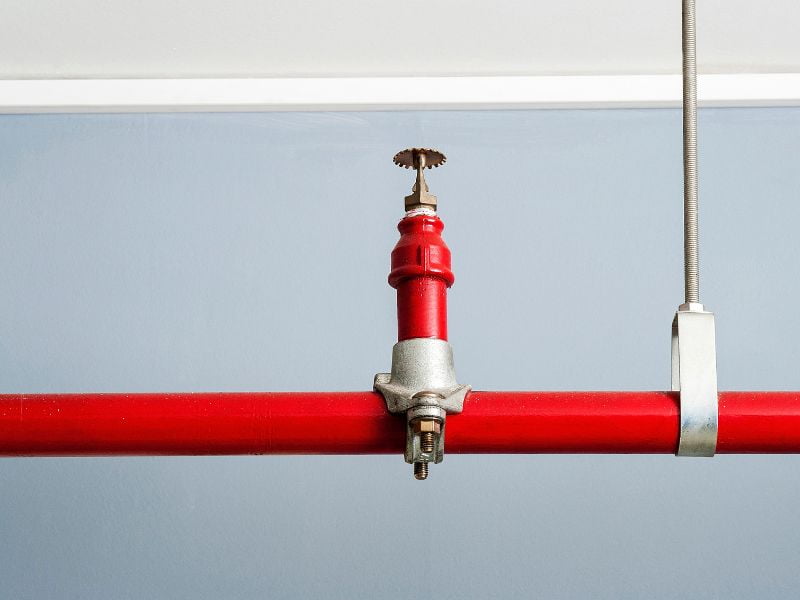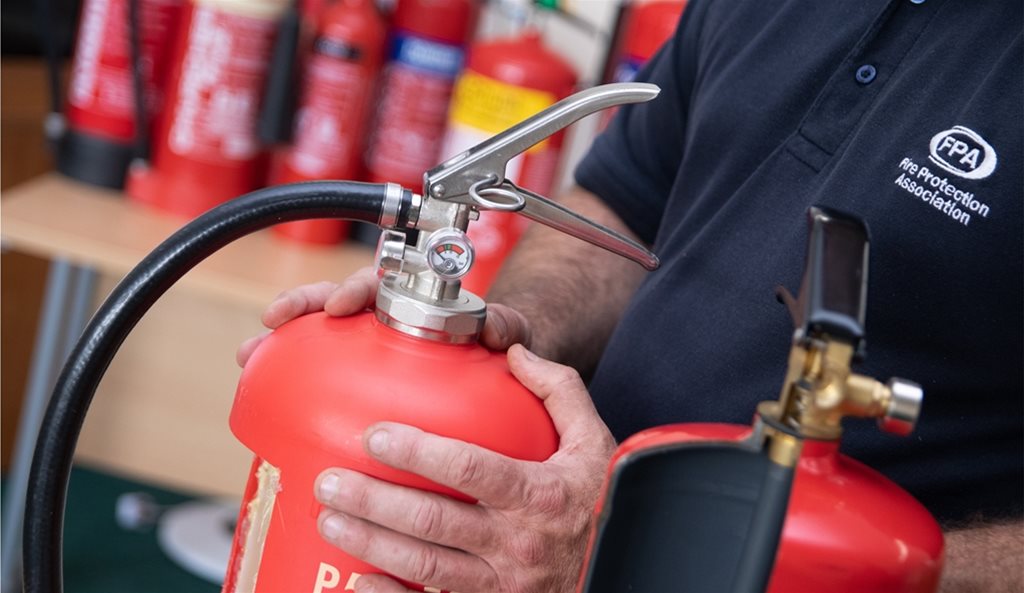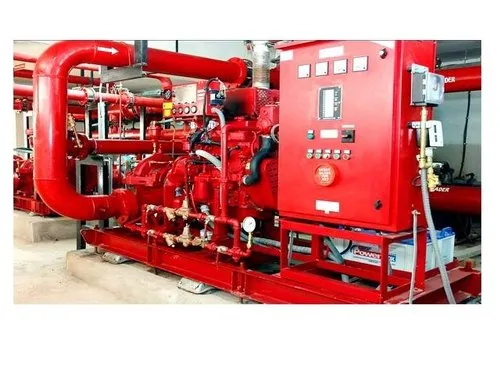Wildfires are among the most destructive and unpredictable natural disasters, capable of destroying vast swaths of land, displacing entire communities, and claiming lives in a matter of hours. In recent years, the frequency and intensity of wildfires have increased significantly, partly due to climate change, urban expansion into wildfire-prone areas, and other environmental factors. This growing threat has made wildfire suppression a critical area of focus for firefighters, land managers, and emergency response teams worldwide.
Wildfire suppression involves a complex array of strategies, resources, and techniques aimed at controlling, containing, and ultimately extinguishing wildfires. However, the challenges are immense: from erratic wind patterns and rugged terrains to limited resources and the sheer scale of some fires. In this blog post, we’ll explore the strategies employed in wildfire suppression, the challenges faced during such operations, and how advancements in technology and tactics are shaping the future of firefighting.
Understanding Wildfires: A Force of Nature
Before diving into suppression strategies, it’s important to understand the nature of wildfires. Wildfires are unplanned, uncontrolled fires that spread rapidly through vegetation, often fueled by dry conditions, heat, and wind. They can occur in forests, grasslands, or shrublands, and while they are a natural part of many ecosystems, human activity has significantly exacerbated their frequency and severity.
The “fire triangle”—a combination of heat, oxygen, and fuel—is key to understanding how wildfires ignite and spread. Suppression efforts focus on disrupting one or more components of this triangle to slow or stop the fire.
Strategies for Wildfire Suppression
Wildfire suppression requires a combination of proactive and reactive strategies, often tailored to the unique conditions of each fire. Here are the primary tactics employed by firefighters and land management teams:
1. Direct Attack
Direct attack involves fighting the fire head-on by targeting the flames themselves. This can include:
- Hand Tools and Water Hoses: Firefighters on the ground use tools like shovels, axes, and chainsaws to remove fuel and create firebreaks, as well as hoses to douse flames with water.
- Aerial Water Drops: Helicopters and airplanes drop water or fire retardant directly onto the fire to slow its progress and protect critical areas.
Direct attack is most effective when the fire is small or when conditions allow firefighters to safely approach the fire. However, it can become too dangerous or impractical during large or fast-moving wildfires.
2. Indirect Attack
When direct attack is not feasible, firefighters use indirect methods to control the fire’s spread. These include:
- Firebreaks: One of the most common techniques, firebreaks are gaps in vegetation or other combustible material that act as barriers to stop the fire. These can be natural (like rivers and roads) or man-made (created by cutting down trees and clearing brush).
- Backburning: In this method, firefighters intentionally set smaller, controlled fires ahead of the main wildfire. These smaller fires consume the available fuel, leaving the wildfire with nothing to burn when it reaches that area.
- Fuel Breaks: Larger, more permanent firebreaks are often created as a preventative measure, especially in fire-prone areas. These fuel breaks can span several miles and are designed to slow or stop fire spread over large areas.
3. Aerial Suppression
Aerial suppression plays a crucial role in wildfire management, especially in remote or hard-to-reach areas. Aircraft are used to drop water, foam, or fire retardants onto the fire or in its path. These efforts can temporarily slow the fire’s advance, giving ground crews time to implement containment strategies.
- Helicopters: Equipped with buckets or tanks, helicopters can hover close to the ground, providing targeted water drops.
- Air Tankers: These planes carry large quantities of fire retardant and are used for strategic drops over wide areas.
While effective, aerial suppression is expensive and heavily dependent on weather conditions. High winds or poor visibility can ground aircraft, limiting their utility during critical moments.
4. Containment Lines
The ultimate goal of wildfire suppression is to establish containment lines—perimeters around the fire where it can no longer spread. Containment lines are created using a combination of direct and indirect methods, including firebreaks, backburning, and natural barriers. Once the fire is contained, crews work to extinguish hot spots and ensure that the fire does not reignite.
5. Collaboration and Coordination
Wildfire suppression is rarely a solo effort. Local, state, and federal agencies often work together to combat large fires, pooling resources and expertise. International cooperation is also common, with countries sending firefighting teams and equipment to assist during catastrophic fire seasons.
The Challenges of Wildfire Suppression
While the strategies outlined above are effective, they are not without challenges. Wildfire suppression is one of the most dangerous and demanding tasks faced by firefighters, and several factors can complicate their efforts:
1. Unpredictable Fire Behavior
Wildfires are notoriously unpredictable. Wind can change direction suddenly, causing the fire to spread in unexpected ways. Spot fires—small fires caused by embers carried by the wind—can ignite far ahead of the main fire, complicating containment efforts.
2. Rugged Terrain
Many wildfires occur in remote, rugged terrains that are difficult to access. Steep slopes, dense vegetation, and narrow trails can slow the movement of ground crews and equipment, limiting their ability to respond effectively.
3. Extreme Weather Conditions
High temperatures, low humidity, and strong winds create the perfect conditions for wildfires to spread rapidly. Heat waves and droughts exacerbate these conditions, making suppression efforts even more challenging.
4. Limited Resources
During peak wildfire seasons, firefighting resources can become stretched thin. Crews often work long hours with little rest, and there may not be enough personnel, equipment, or aircraft to combat multiple large fires simultaneously.
5. Health and Safety Risks
Firefighters face numerous health and safety risks, including burns, dehydration, smoke inhalation, and heat exhaustion. The mental toll of battling wildfires, often in life-threatening situations, can also lead to stress and burnout.
6. Urban-Wildland Interface
The expansion of urban areas into wildfire-prone regions—known as the urban-wildland interface—has made wildfire suppression even more complex. Protecting homes and infrastructure often takes priority, diverting resources away from other containment efforts.
Technological Advancements in Wildfire Suppression
Despite these challenges, advancements in technology are providing new tools to aid in wildfire suppression. Some of the most promising innovations include:
- Drones: Drones equipped with thermal cameras and sensors can provide real-time data on fire behavior, helping crews make informed decisions.
- Fire Modeling Software: Advanced software can simulate fire spread based on factors like wind, terrain, and fuel, allowing teams to predict and plan accordingly.
- Satellite Monitoring: Satellites can detect wildfires in their early stages, providing critical information to emergency responders.
- Automated Firefighting Systems: Robotic equipment and autonomous vehicles are being developed to perform high-risk tasks, reducing the danger to human firefighters.
The Path Forward: Adapting to a Changing Landscape
As wildfires become more frequent and intense, wildfire suppression strategies must continue to evolve. This includes not only improving firefighting techniques but also addressing the root causes of wildfires. Proactive measures like controlled burns, forest management, and community education can help reduce the risk of catastrophic fires.
Additionally, greater investment in firefighting resources, training, and technology will be essential to meet the growing demand for wildfire suppression. International collaboration and knowledge-sharing can also play a key role in developing more effective strategies.
Conclusion
Wildfire suppression is a critical and complex endeavor, requiring a combination of skill, strategy, and resilience. From direct attacks on flames to the creation of containment lines, firefighters employ a wide array of tactics to combat these devastating natural disasters. However, the challenges they face—unpredictable fire behavior, extreme weather, and limited resources—underscore the need for continued innovation and investment.





